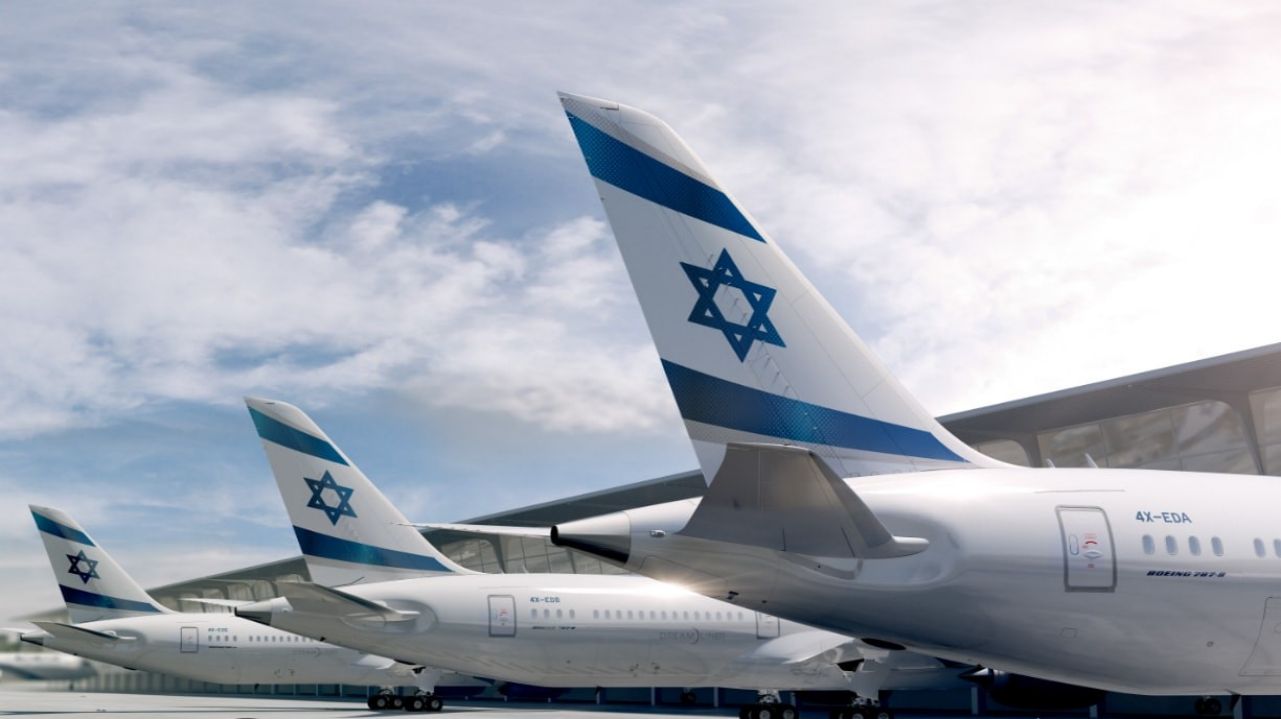AI in weather forecasting, prediction and communication
Continue readingChallenge
Efficient flight planning
To transport passengers to their destination on time, international airlines must meticulously plan each flight that they operate. If a plane deviates from its intended route, or is delayed or canceled, airlines can incur huge costs—making efficient, adaptive flight planning key to operational efficiency as well as passenger safety and convenience.
Recognized by the International Air Transport Association (IATA) as one of the most efficient airlines in the world, Israel’s national airline EL AL is committed to making sure each flight departs on time and arrives at its destination safely.
Alon Lavi, Chief Dispatcher in the Operation Control Center (OCC) at EL AL, explains: “We have a relatively small fleet of 46 aircraft, but we operate a range of short to long-haul flights across North America, Europe, Asia, Africa and the Middle East that few airlines of our size can match. To make this work, we need to be extremely efficient, so it’s critical for each of our flights to depart and arrive on time.”
No matter how detailed a flight plan may be prior to take off, once an aircraft is airborne, adverse weather conditions, ATC restrictions, or threats to airport security can suddenly arise—requiring pilots and flight dispatchers to work together to react quickly and make the right decisions about flightpath alterations and alternate airports.
Michael Werner, OCC Duty Manager at EL AL, says: “Our flight dispatchers used to rely on text-based weather reports, which made it difficult to build a clear picture of emerging weather systems and how best to avoid them. Tracking the current position and status of each of our flights in relation to weather events was equally cumbersome and near-impossible in real time.”
In the coming months, all airlines must be prepared to comply with new global flight tracking regulations, which require them to capture data on the position and status of each flight every fifteen minutes in certain areas. If an airline fails to track one of its aircraft, the regulatory penalties could be significant.
Alon Lavi says: “The new requirements for flight tracking are not just a matter of regulatory compliance—they are an opportunity for EL AL to gain even greater control of flight operations and efficiency.”



